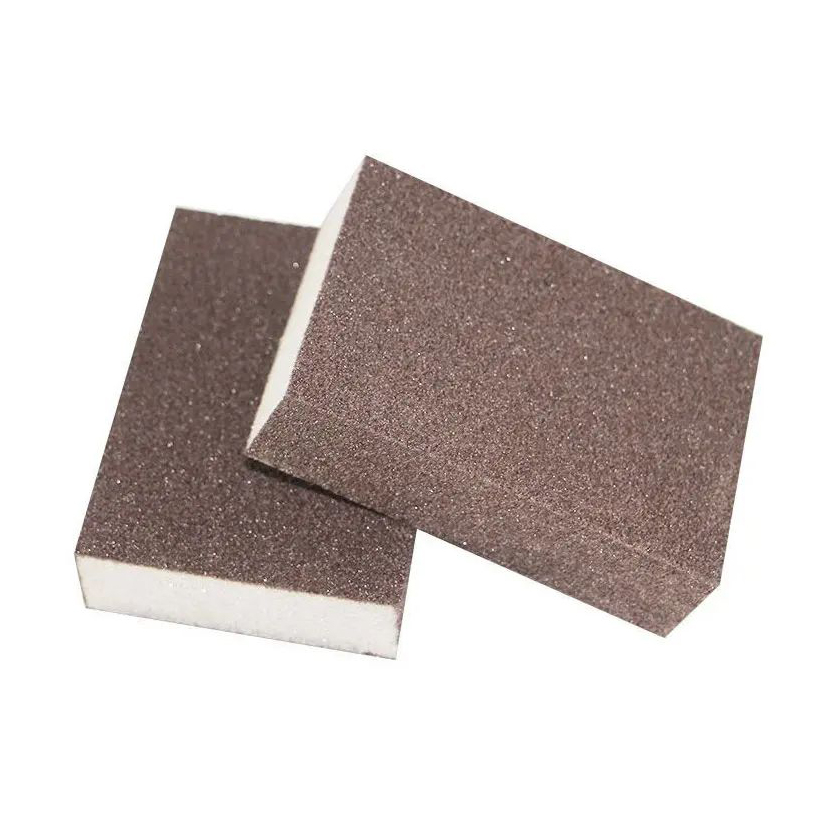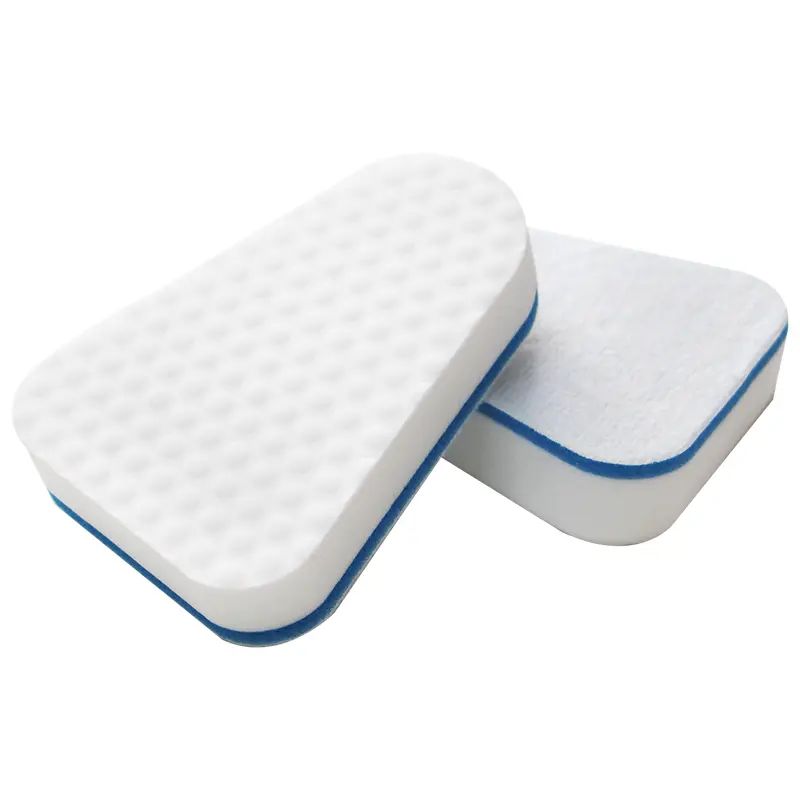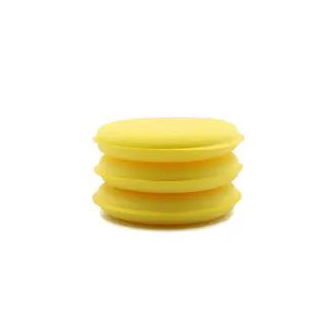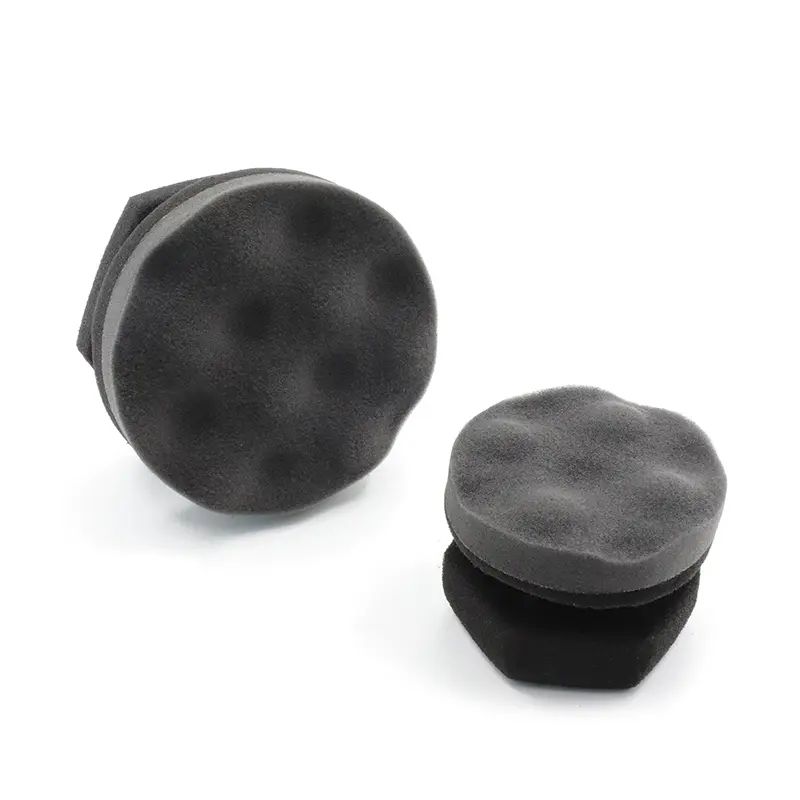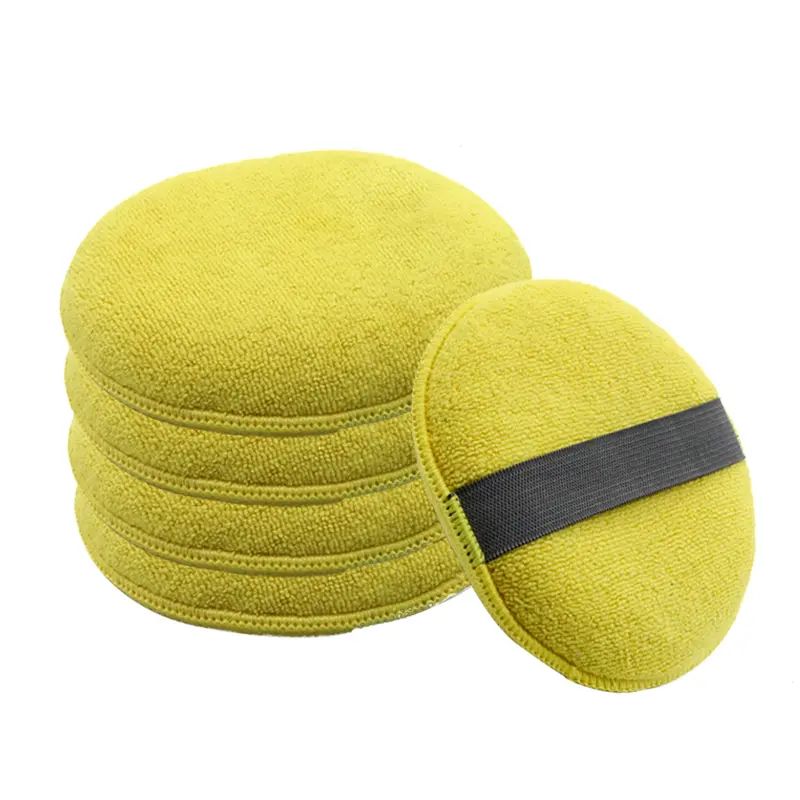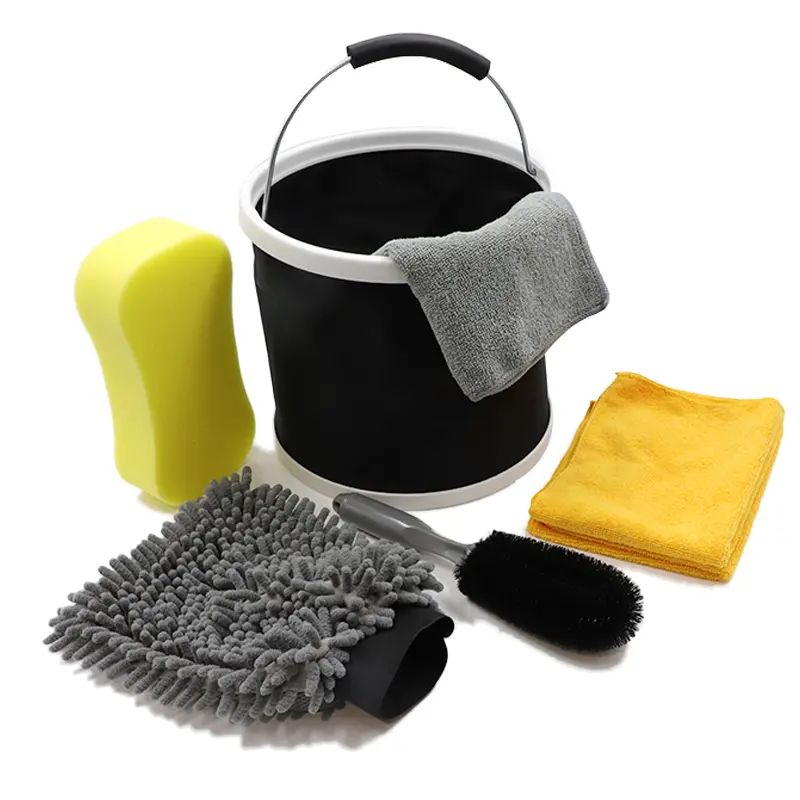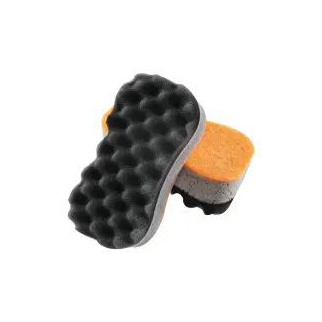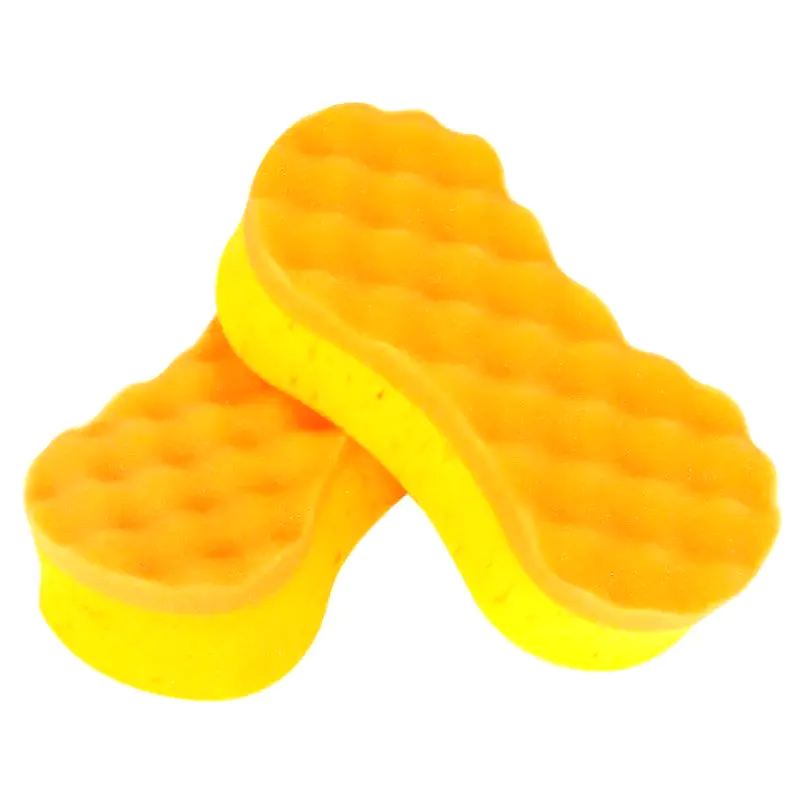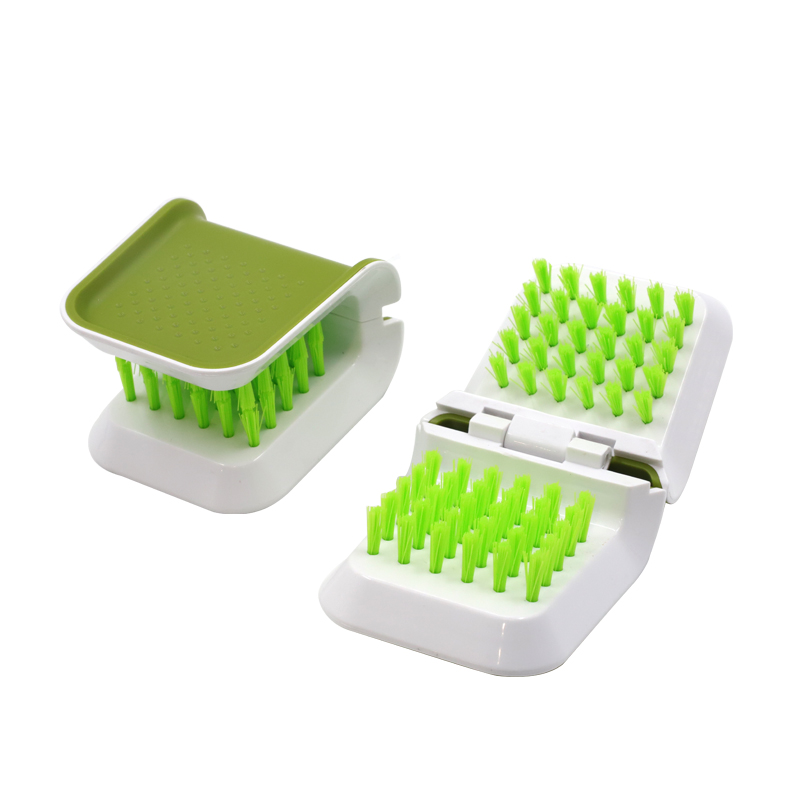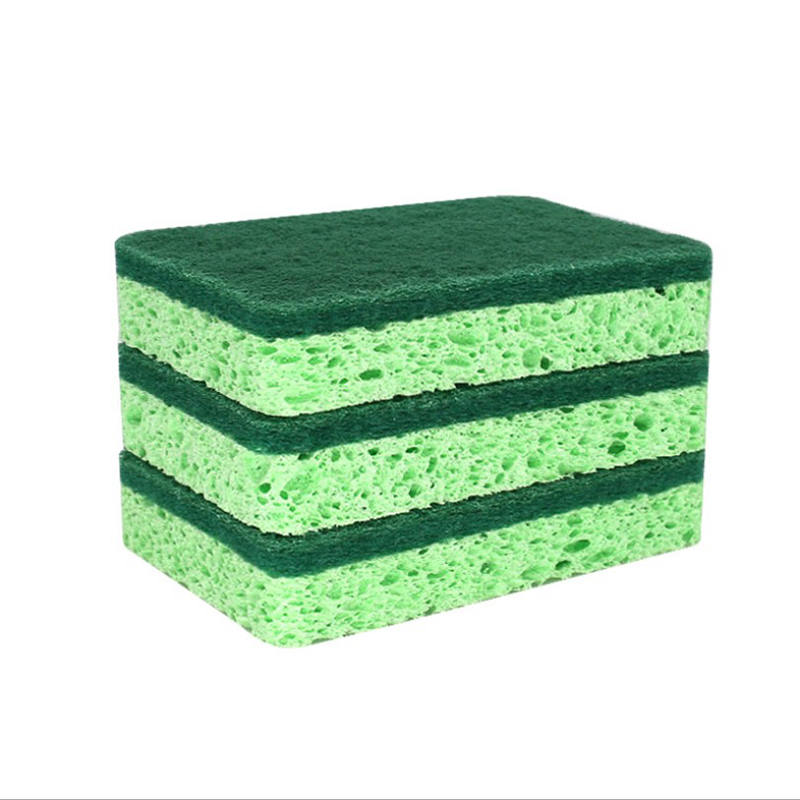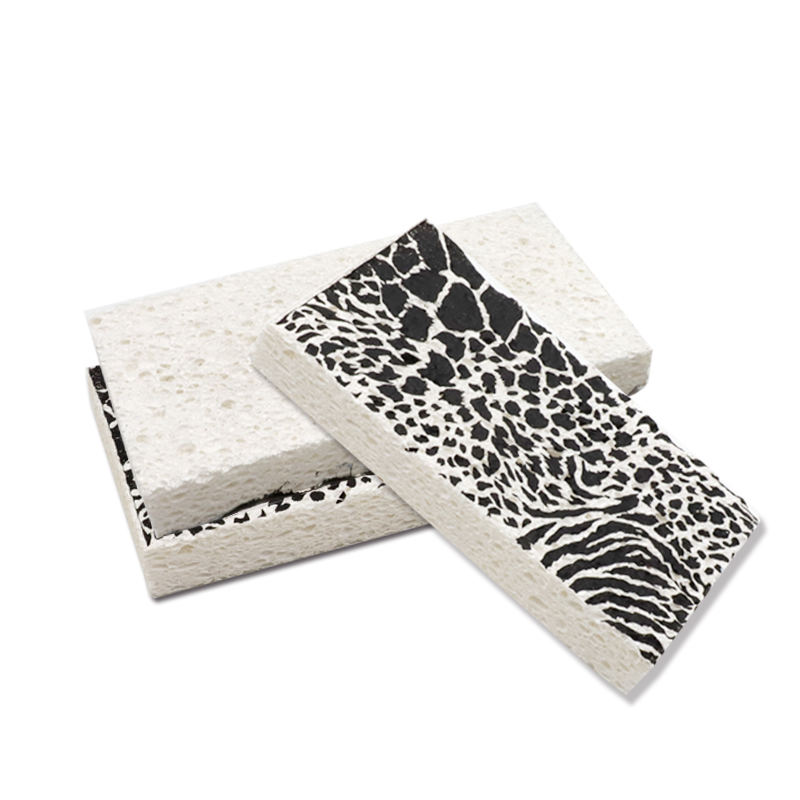Nano Sponge's many uses: From cleaning to environmental protection, a magical material that changes your life
Introduction
Daily cleaning tasks are a common part of both home and office life. However, traditional cleaning tools often have limited effectiveness and contribute to environmental issues. With the advancement of nanotechnology, Nano Sponge has emerged as an innovative cleaning material. With its exceptional cleaning power and eco-friendly properties, it is quickly becoming a popular choice in the cleaning market.
1. What is Nano Sponge?
Nano Sponge is a special type of cleaning sponge based on nanotechnology. Its key feature is its microscopic porous structure, which gives it strong adsorption and cleaning capabilities. Compared to ordinary sponges, Nano Sponge can effectively remove a wide range of stains and grease with little to no need for chemical cleaning agents.
2. Applications of Nano Sponge in Household Cleaning
Nano Sponge has become an essential tool in home cleaning due to its wide range of uses. Whether in the kitchen, bathroom, or for furniture, Nano Sponge offers a more efficient and healthier cleaning experience thanks to its superior physical structure.
| Application Area | Role of Nano Sponge | Comparison with Traditional Cleaning Tools |
|---|---|---|
| Kitchen Cleaning | Removes grease and food residue from stovetops, ovens, and kitchenware. | Requires a lot of chemical cleaners, often less effective. |
| Bathroom Cleaning | Removes soap scum, water stains, and grime from tiles, faucets, and shower glass. | Often requires strong chemical cleaners, which may harm the environment. |
| Furniture Cleaning | Removes dust and stains from wooden furniture, leather sofas, and more. | May require multiple wipes and the use of cleaners. |
| Electronics Cleaning | Cleans dust and stains from screens, keyboards, and devices, maintaining a streak-free surface. | Traditional tools may scratch sensitive surfaces or leave watermarks. |
3. The Environmental Benefits of Nano Sponge
Nano Sponge is not just a cleaning tool; it also plays a significant role in sustainability. Compared to traditional cleaning sponges and chemicals, Nano Sponge stands out in reducing chemical usage and waste generation.
Reducing the Use of Chemical Cleaners:
Nano Sponge’s powerful physical cleaning ability means it requires almost no chemical cleaning agents. Traditional cleaning sponges often rely heavily on chemicals, which can contain harmful substances. In contrast, Nano Sponge can remove dirt purely through its structure, reducing environmental impact.
Reducing Waste Generation:
Traditional cleaning tools often need to be replaced after a short period, contributing to waste. However, Nano Sponge is durable and can be used multiple times, significantly reducing the frequency of replacement and, in turn, minimizing waste.
4. Other Innovative Applications of Nano Sponge
Beyond everyday home cleaning, Nano Sponge is also being used in a variety of other fields:
Car Cleaning:
Nano Sponge can easily remove stains and scratches from car windows while preserving the shine of the paint.
Cosmetic Tool Cleaning:
When cleaning makeup brushes or sponges, Nano Sponge effectively removes cosmetic residues, ensuring the tools remain hygienic.
Industrial Cleaning:
Nano Sponge is used in industrial settings to efficiently clean machinery and production lines, especially when removing grease and stubborn dirt.
5. How to Use Nano Sponge Correctly
While Nano Sponge is highly effective, proper usage is still important. Here are some simple tips for using it:
No additional moisture is required; too much water may affect cleaning performance.
Adjust the pressure when cleaning different surfaces for optimal results.
After use, rinse the sponge clean and let it air dry in a well-ventilated area to extend its lifespan.
6. Future Outlook: The Potential of Nano Sponge
As nanotechnology continues to evolve, the applications of Nano Sponge are expanding. In the future, it could play a key role in industries such as healthcare and environmental protection. Nano Sponge is not only changing the way we clean but may also bring unforeseen innovations in other fields.
PREVNo previous article
NEXTWhat is a wood pulp fiber sponge and how it could be the key to sustainable living?
News Category
- Company News(31)
- Industry News(119)

 简体中文
简体中文 English
English 日本語
日本語 русский
русский Español
Español عربى
عربى Français
Français Português
Português